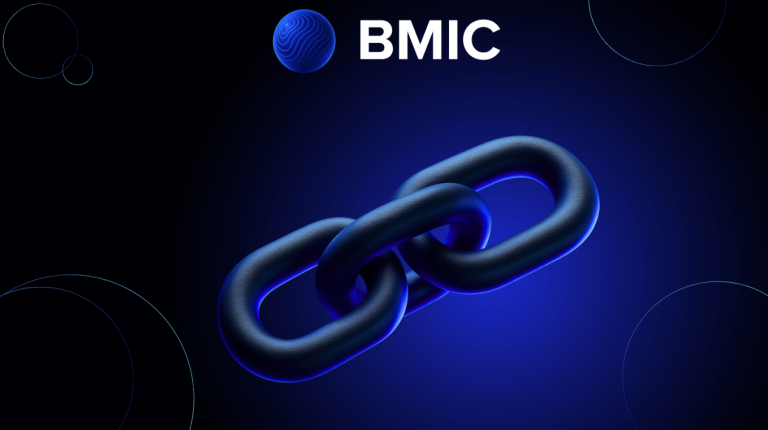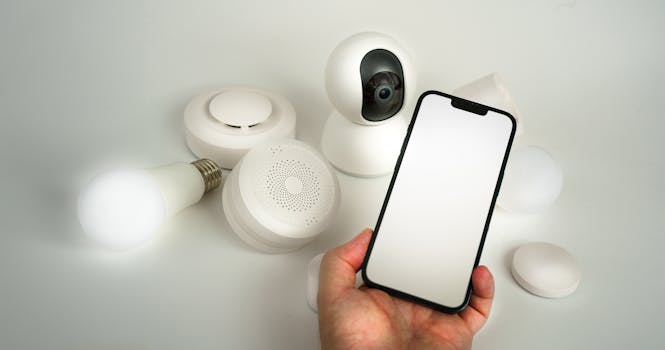
Home Automation in 2025: The Smart Home Ecosystem
Introduction to Home Automation
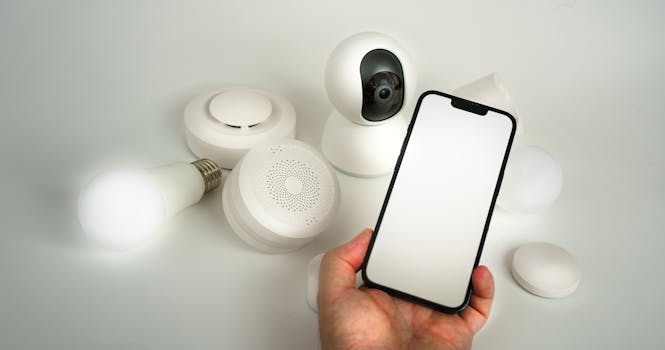
Home Automation in 2025: The Smart Home Ecosystem. Home automation, also known as smart home technology, has been around for several years, but it has gained significant traction in recent years. With the advancement of technology, smart homes are becoming more sophisticated, efficient, and convenient. In this article, we will explore the smart home ecosystem in 2025 and how it is revolutionizing the way we live.
The Evolution of Home Automation
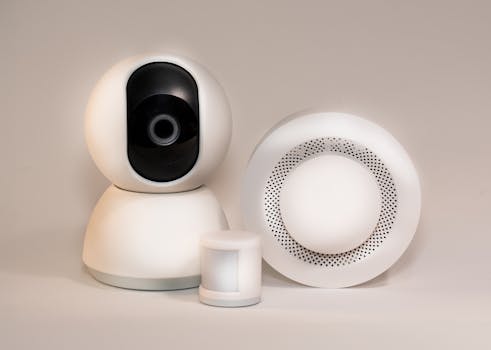
The concept of home automation has been around since the 1960s, but it wasn’t until the 1990s that it started to gain popularity. The first smart home devices were simple thermostats and lighting systems that could be controlled remotely. However, with the advent of the Internet of Things (IoT), home automation has become more complex and integrated. Today, smart homes are equipped with a wide range of devices, including security systems, entertainment systems, and appliances, all of which can be controlled and monitored remotely.
Key Components of a Smart Home Ecosystem

A smart home ecosystem consists of several key components, including:
- Sensors and Devices: These are the devices that collect data and perform specific functions, such as thermostats, security cameras, and door locks.
- Hub or Gateway: This is the central component that connects all the devices and sensors, allowing them to communicate with each other and with the outside world.
- Artificial Intelligence (AI): AI is the brain of the smart home ecosystem, learning the occupants’ preferences and adjusting the devices and systems accordingly.
- Internet of Things (IoT): IoT is the network of physical devices, vehicles, and other items that are embedded with sensors, software, and connectivity, allowing them to collect and exchange data.
Benefits of Home Automation

Home automation offers numerous benefits, including:
- Convenience: Smart homes can be controlled and monitored remotely, making it easy to manage your home, even when you’re not there.
- Energy Efficiency: Smart homes can optimize energy consumption, reducing waste and saving you money.
- Enhanced Security: Smart homes can detect and respond to potential security threats, providing an added layer of protection.
- Improved Comfort: Smart homes can learn your preferences and adjust the temperature, lighting, and entertainment systems to create a comfortable and relaxing environment.
Conclusion
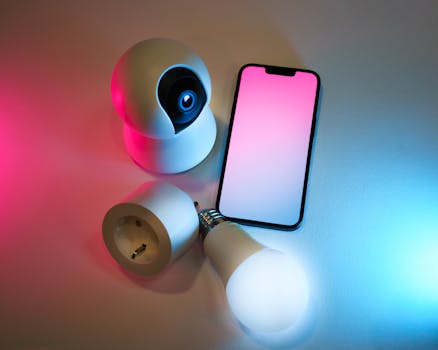
In conclusion, home automation in 2025 is a sophisticated and integrated system that is revolutionizing the way we live. With the advancement of technology, smart homes are becoming more efficient, convenient, and energy-efficient. As the smart home ecosystem continues to evolve, we can expect to see even more innovative and exciting developments in the future.
